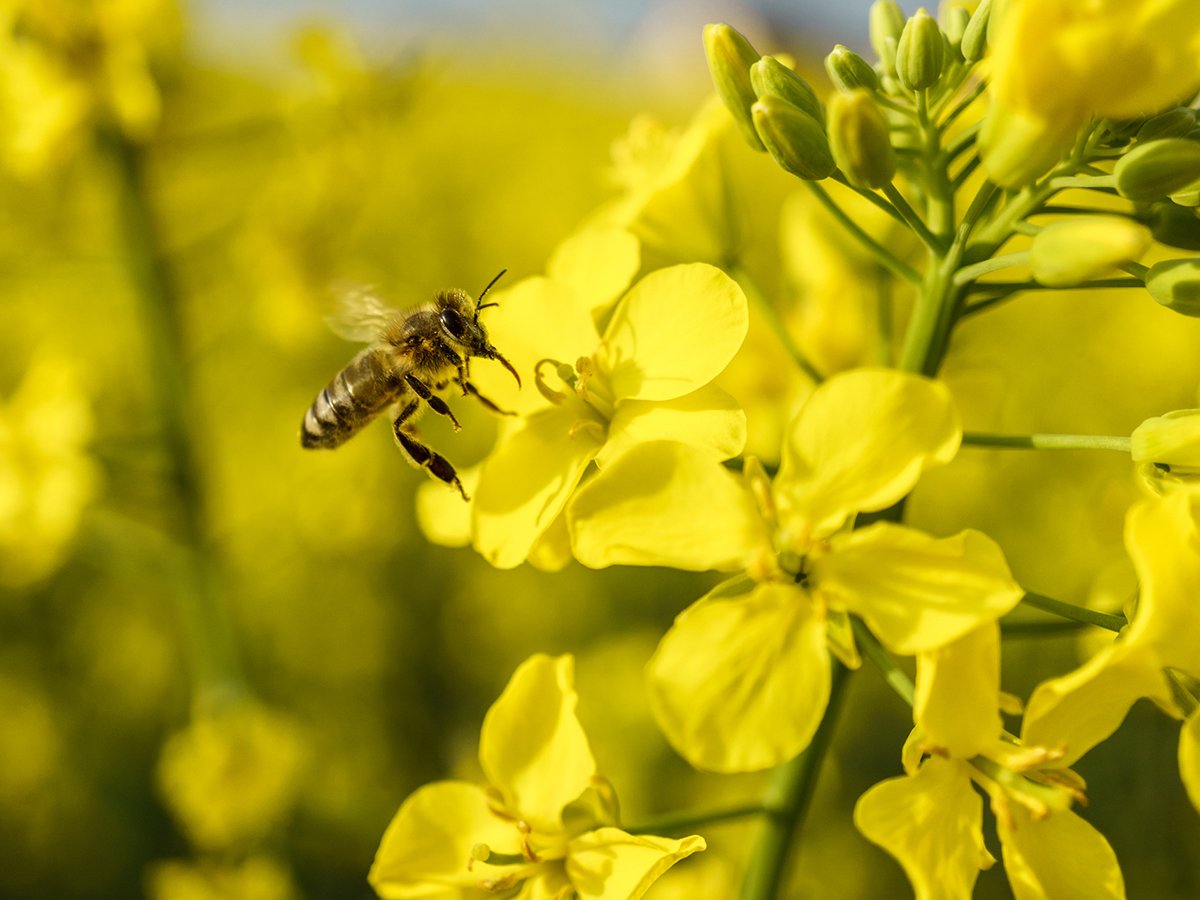At lunch time, who hasn’t enjoyed a tasty sandwich of sodium erythorbate, sodium phosphate, sodium nitrite, modified milk ingredients, glucono delta lactone, sodium ascorbate and acid starter culture?Few, if they’ve ever eaten a sandwich made with deli meats. The above are common ingredients in such meats, plus the basic beef, pork or poultry.The ingredients, however foreign they sound, are safe to eat and presumably serve a purpose. For example, sodium erythorbate, found in most deli meats examined, assists in the curing process and helps retain some meats’ pink colour.Yet the average consumer’s unfamiliarity with product contents continues to be a roadblock to confidence in food healthfulness. A late April consumer survey conducted by Leger Marketing found that 65 percent of those surveyed always read food labels, but only 38 percent recognize all the ingredients.About 58 percent can’t pronounce all the ingredients listed in the foods they buy. Twenty-seven percent say they only buy products with natural ingredients.It’s encouraging that ingredient issues don’t have a major bearing on Canadian consumers’ views about food safety, according to a 2009 Ipsos survey. Respondents showed confidence in the meat, milk and eggs produced by domestic farmers. Details on that survey appear on page 19.What we’ve got here is a failure to communicate, as Paul Newman famously said in the film Cool Hand Luke. It appears that consumer confusion enters the equation as farm products are further processed. The purpose and source of additional ingredients aren’t communicated, and the unfamiliar is less comfortable and less welcome at the table.This might not be something primary meat producers think about much. “Products” leave farms and ranches in the form of cattle, hogs and poultry. They emerge from the packing plant as steaks, roasts, pork chops, ham, or chicken or turkey breasts, legs and wings. Basic foodstuffs.But when they reach the further processing stage and are transformed to sandwich meat, consumers find themselves chewing on meat augmented with sodium erythorbate.Food companies are paying attention to consumer reaction. Perceiving quite rightly that educating people about the source, identity and purpose of myriad food additives would be difficult, if not impossible, they are instead going another route: natural ingredients.Maple Leaf is among the most recent entrants to the food trend race. Last week it announced a Natural Selections brand of deli meats that features simple ingredients that people can pronounce. According to news releases on the product line, the foods have no preservatives or artificial ingredients and no more than nine easy-to-recognize items.Other major food companies have similar “simple,” “natural” or “real food” campaigns underway, although the exact definition of terms is largely undefined.Nevertheless, trends toward basic and identifiable ingredients are welcome. In the case of processed meat, they are particularly welcome in light of yet another recent survey indicating a correlation between consumption and increased risk of heart attack and diabetes.According to the Harvard School of Public Health, eating unprocessed meat had no ill effects on heart attack and diabetes risk. Processed meat did.All of which leads us to the following observations:Consumers are leery of unfamiliar ingredients.Food companies know it.Deli meats can be made with natural and familiar ingredients.If they are, these meats are quite likely healthier for consumers.It seems food companies are on the right track.Bruce Dyck, Terry Fries, Barb Glen and D’Arce McMillan collaborate in the writing of Western Producer editorials.
Read Also

Invigor Gold variety viewed as threat to condiment mustard
Invigor Gold, the canola-quality mustard developed by BASF, is on a collision course with Canada’s condiment mustard industry. It’s difficult to see how the two can co-exist.














